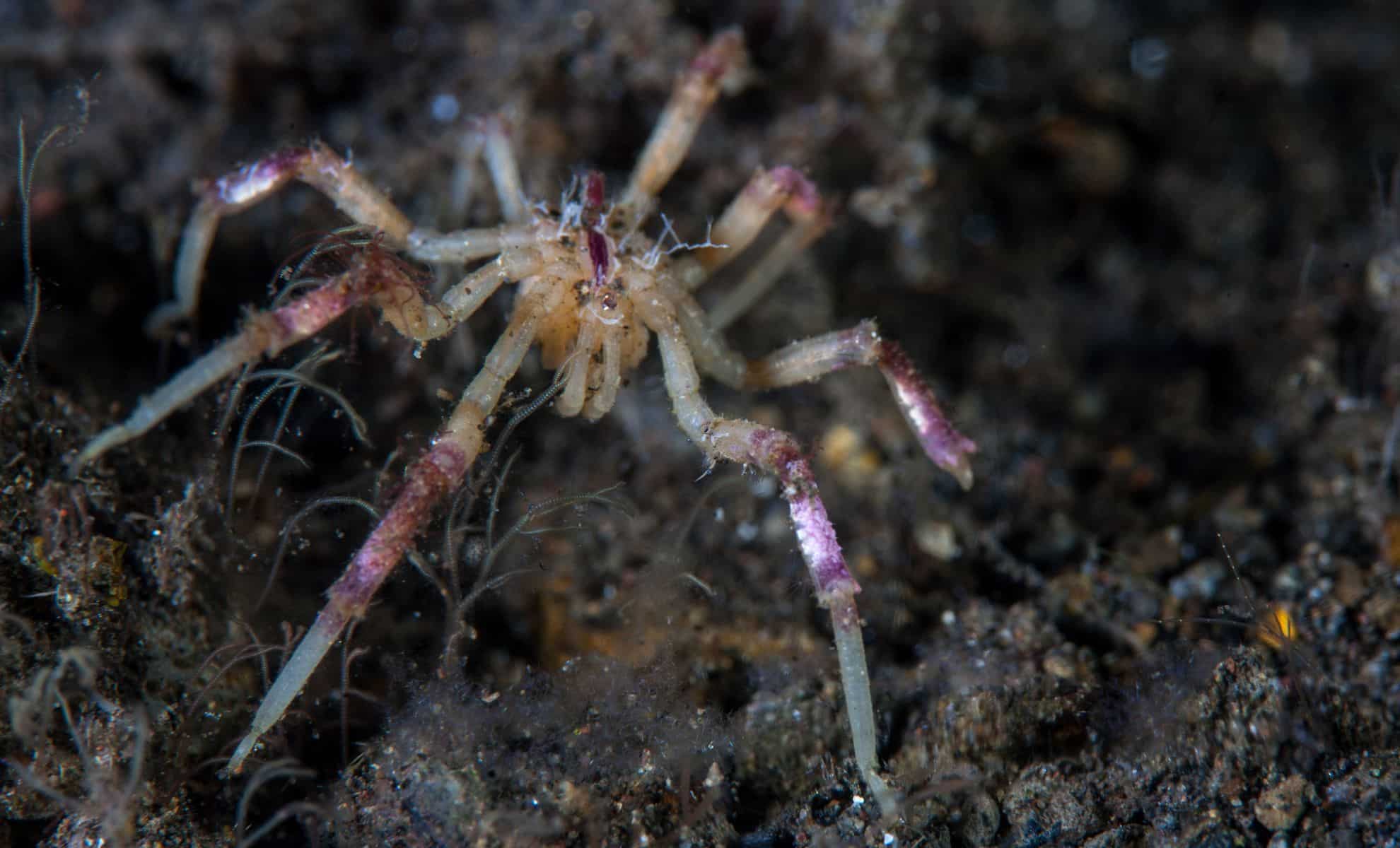UNDERSEA RESEARCH STATION, ATLANTIC OCEAN – In a groundbreaking discovery, scientists have identified three new species of deep-sea sea spiders that sustain themselves through a unique diet of methane. This revelation, detailed in the Proceedings of the National Academy of Sciences, provides fresh insights into the adaptability of marine life in the ocean’s darkest corners.
Immediate Impact on Oceanic Studies
The discovery of these sea spiders, which thrive in methane-rich environments, challenges existing perceptions of deep-sea ecosystems. These newly identified species feed on bacteria that consume methane, a process that occurs when organic matter descends to the ocean floor and decomposes.
Lead researcher Shana Goffredi from Occidental College explained, “Just like you would eat eggs for breakfast, the sea spider grazes the surface of its body, and it munches all those bacteria for nutrition.” This mutualistic relationship marks the first of its kind observed in sea spiders.
Key Details Emerge
Unlike their predatory relatives, which use large fangs to capture prey, these sea spiders have adapted to farm bacteria directly from their bodies. The bacteria convert methane and oxygen into sugars and fats, providing a sustainable food source for the spiders.
Methane is a potent greenhouse gas, and while it can escape into the atmosphere, it is believed that the bacteria on these spiders could help prevent significant emissions.
Role of Bacteria in Ecosystem Regulation
This symbiotic relationship not only sustains the sea spiders but may also mitigate methane emissions in the ocean. Goffredi noted, “While the deep sea feels really far away, all organisms are interconnected. Even though they’re small, these animals have a big impact in that environment.”
This discovery could enhance our understanding of deep-sea ecosystems and their influence on global methane levels, offering potential strategies for climate change mitigation.
Microbiomes and the Mystery of Inheritance
One intriguing aspect of this study is the transmission of bacteria from parent to offspring. Female sea spiders lay hundreds of eggs, which are carried by males. Upon hatching, larvae are immediately exposed to the bacteria on the father’s body.
Nicole Dubilier from the Max Planck Institute emphasized the significance of this microbial transfer: “This is really the beauty of the symbiosis between the two: The bacteria get that perfect Goldilocks zone with everything they need.”
Even if 80% of the bacteria are consumed by the spiders, the remaining 20% continue to thrive and reproduce.
What Comes Next for Marine Biology
Goffredi believes these findings suggest a far greater diversity in the deep ocean than previously recognized. “People tend to think of the deep sea as a kind of homogeneous ecosystem, but that’s actually untrue. There’s a lot of biodiversity by region, and animals are very localized to specific habitats on the seafloor,” she explained.
As research continues, the Sericosura spiders may reveal further secrets about the ocean’s depths and their role in maintaining marine environmental balance.
This discovery not only reshapes our understanding of deep-sea life but also highlights the intricate connections within our planet’s ecosystems, paving the way for future explorations and studies.
